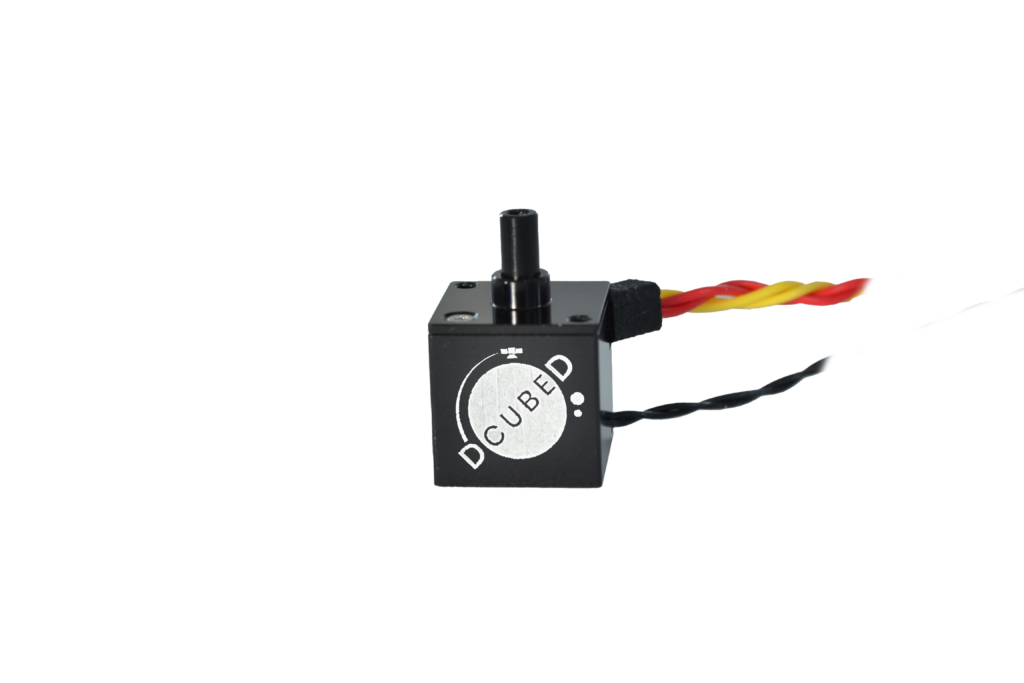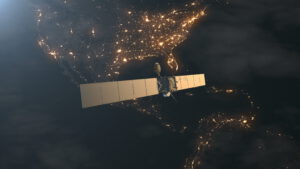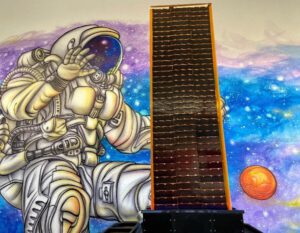Space pin pullers are the unsung hero of space missions, where precision is crucial; these tiny actuators help orchestrate the seamless deployment of vital components. Here, we will learn more about the pivotal role of space pin pullers and their role in automating activation and release processes, from releasing solar panels to unhinging a door, releasing a constriction coil to deploying an antenna.
What defines a space pin puller?
A space pin puller is a mechanical device designed to automate the release of various components during space missions. While the applications are varied, their role in activating different stages of the mission remains constant. For a pin puller, it generally will allow something to hinge open, with the pin keeping the item closed during launch and into space until it is retracted. Or, conversely, it may be the pin that something hooks onto so that when it retracts, it will allow a cord to drop or go slack. Most pin pullers have redundant activation systems built into it, so that if for some reason it did not work correctly the first time when electricity is sent to it, it will reset for a minute and then perform a second attempt using the backup circuitry.
Space pin pullers are pivotal in deployment processes for:
1. Solar Panel Deployment
Space pin pullers play multiple roles in deployment of solar panels on satellites. Not only can they release the stowage of the payload from the rocket, they can hold the solar panels rigid against the sides of the satellite, preventing them from opening (like a door jam).
2. Unhinging Doors or Containers
A case study between DCUBED and Fossa Systems shows how Fossa Systems used DCUBED’s space pin pullers to secure their satellite enclosure doors, opening them once the SpaceX launcher had delivered the payload to space, allowing the satellites to launch successfully. They had previously been using burn-wires, which added too much preload demand and had limited resettability.
3. Deploying Antennas
Some antennas unfurl like an umbrella would here on Earth. However, for space, these must be secured in a closed fashion and then held closed during launch. Many times, a cord looped around the antenna with two hooks shaped in the fashion of an ‘o’ will then be overlapped and fastened to a space pin puller. This keeps the antenna firmly in place, and once in space, the pin puller retracts, letting the cord go slack and allowing the antenna to deploy.
4. Acting as a launch lock for steerable optics
One of the challenges for things like steerable optics is that they have glass lenses or mirrors. Explosive launch locks or frangibolts would shatter these sensitive optics once in orbit when activated. A space pin puller, however, is small, light and doesn’t generate any shock from activation. Plus any mass you add to the steerable optic remains on the satellite for the lifetime of the mission. Using small, low-mass space pin pullers are ideal for minimal impact.
5. Acting as a launch compensator that prevents vibration from affecting sensitive machinery
Many times, there are mechanical motors or mechanisms that are not designed to take launch loads – the vibration and shock of the first five minutes of launching a payload into space. Most mechanical motors are designed for micrometer precision, have no grease or lubricant involved, which makes them susceptible to the large amounts of vibration during liftoff. A space pin puller can be inserted into the gears inside the motor so that it minimizes the vibrations that could cause mechanical feedback into the motor. In many cases, this is a much less expensive and faster option than redesigning the mechanical motor to withstand launch loads.
Key features of space pin pullers
1. Computerized Precision
The activation processes are entirely automated by sophisticated computer systems. Space pin pullers integrate fully into the broader mission control framework and electronic stimulus executes the retraction of the pin at exactly the correct time.
2. Controlled release mechanisms
Space pin pullers incorporate controlled release mechanisms that ensure that the pin is pulled with the exact force and timing required. This level of control is essential for delicate tasks like allowing solar panels to hinge open or an antenna to release.
3. Field resettable
The best space pin pullers are easily resettable, allowing you to test them up to a few hundred times. This helps reduce your mission risk, figure out timings to be automated and ensures your mission will be successful. Here is a video of a space pin puller being reset 200 times as an example:

By loading the video, you agree to YouTube's privacy policy.
Learn more
Reinforcing the significance of space pin pullers in your missions
Space pin pullers are vital parts of every single space mission. The controlled release of components from solar panels, doors, antennas and more is orchestrated by computer and executed with precision that no human can duplicate.
Click here to learn more about space actuators in general, and click here to learn more about the evolution of space actuators through history!





